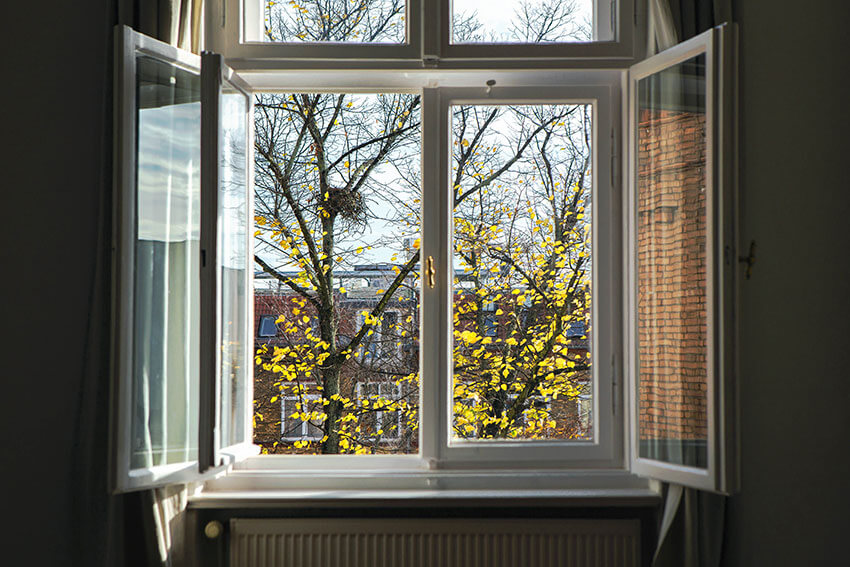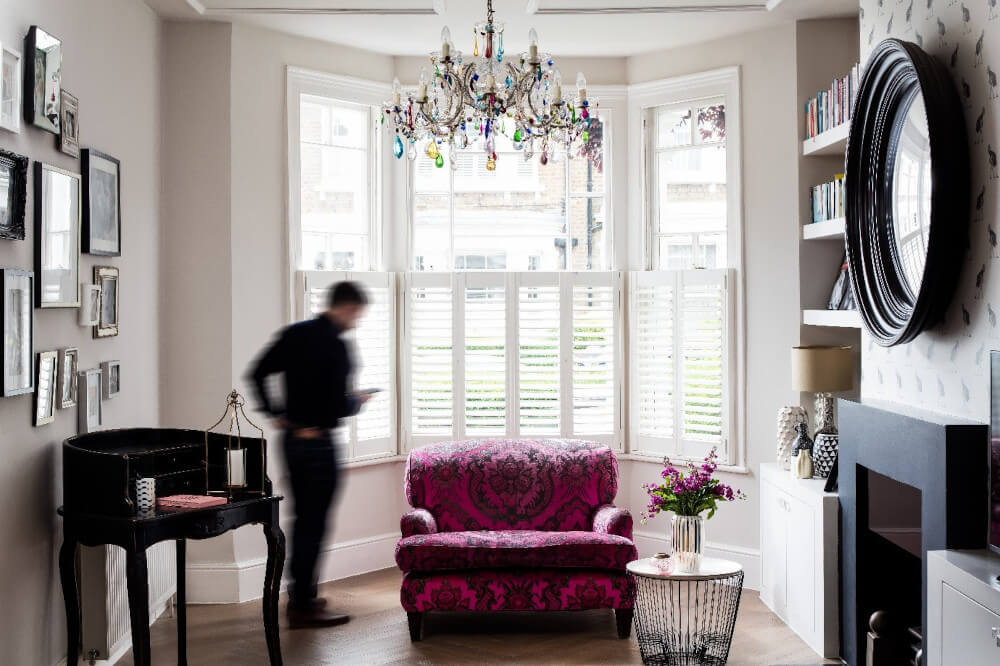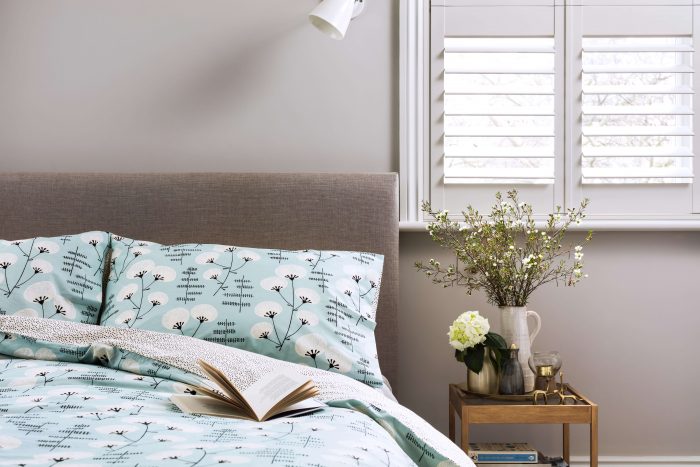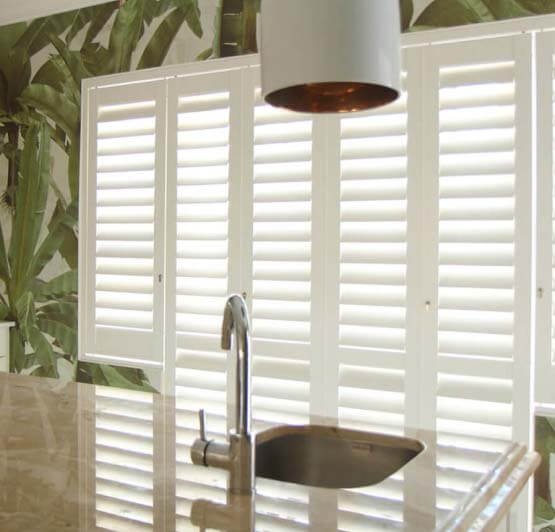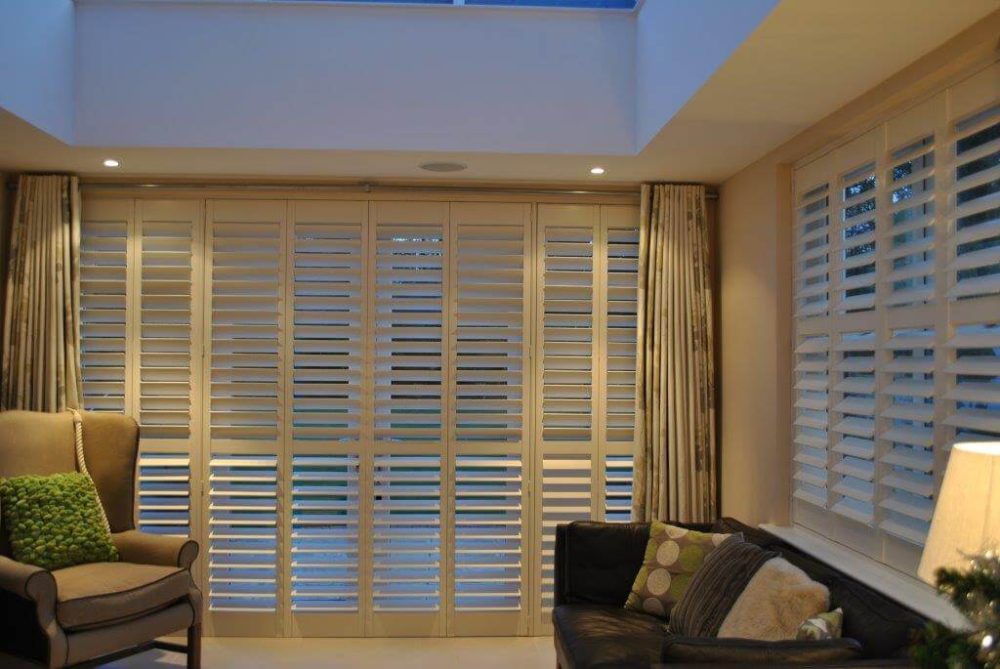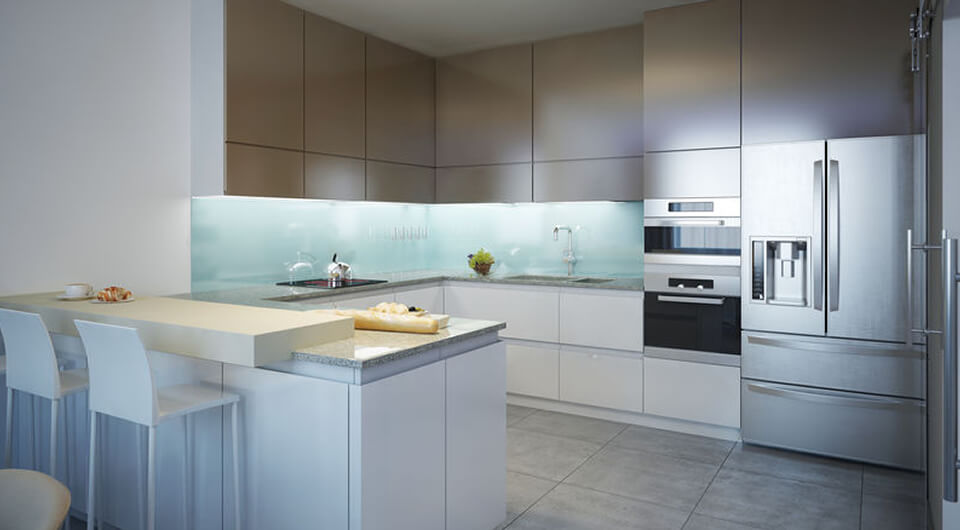Passive cooling refers to a set of techniques and design strategies used to reduce or eliminate the need for active cooling systems, such as air conditioners or mechanical fans, to maintain comfortable temperatures in buildings or other spaces. Instead of relying on mechanical equipment, passive cooling utilises natural principles and design elements to keep the environment cool and comfortable. Window shutters are a great passive cooling technique, as they are credited by experts for cooling a home (when used effectively) without using extra energy.
Passive cooling techniques
Here are some common passive cooling techniques:
Natural ventilation
Designing a space to maximise airflow and natural breezes, allowing hot air to escape and cool air to enter. This can be achieved through strategic placement of windows, vents, or openings.
Shading
Using shading devices, such as window shutters, overhangs, awnings, or vegetation, to block direct sunlight from entering a building. This helps reduce heat gain and keeps the interior cooler.
Thermal insulation
Incorporating proper insulation in walls, roofs, and floors to minimise heat transfer between the exterior and interior. This helps maintain a stable temperature inside the space.
Building orientation
Orienting a building or space to take advantage of natural factors, such as sunlight and prevailing winds, to optimise thermal comfort. For example, positioning windows to capture cool breezes or avoiding direct exposure to the sun during the hottest parts of the day.
Reflective surfaces
Using reflective materials on roofs, walls, or windows to reduce heat absorption from sunlight. This prevents excessive heating of the building or space.
Natural cooling elements
Incorporating natural elements like green roofs or living walls, which provide insulation, absorb heat, and release moisture through evapotranspiration, helping to cool the surroundings.
Thermal mass
Utilising materials with high thermal mass, such as concrete or stone, to absorb heat during the day and release it slowly at night, maintaining a more constant temperature.
Passive cooling techniques can significantly reduce energy consumption and environmental impact compared to traditional active cooling methods. They are often employed in sustainable architecture, energy-efficient buildings, and areas with hot climates to enhance comfort while minimising the use of mechanical cooling systems.
Passive cooling at home with shutters
Window shutters play a vital role in passive cooling for several reasons:
- Shading – shutters can effectively block direct sunlight from entering the interior of a home. By closing the shutters (and windows) during the hottest parts of the day, they prevent solar heat gain, reducing the amount of heat that enters the space. This shading effect helps keep the interior cooler and reduces the need for artificial cooling.
- Ventilation control – shutters provide control over the airflow and ventilation entering the home. By adjusting the angle of the slats or opening the shutters partially, they allow for the passage of air while still blocking direct sunlight. This helps in natural cooling by promoting the flow of cool breezes into the space and facilitating the escape of warm air.
- Insulation – shutters can provide an additional layer of insulation when closed. They create a barrier between the window and the interior, reducing heat transfer and preventing the outdoor air from infiltrating the space. This insulation effect helps maintain a more stable and comfortable temperature indoors.
- Privacy and security – shutters offer privacy and security benefits while still contributing to passive cooling. By closing the shutters partially or completely, you can shield the interior from prying eyes without compromising the flow of air or natural light.
- Aesthetics – window shutters can enhance the overall aesthetics of a home. They come in assorted designs, materials, and finishes, allowing homeowners to choose styles that complement the architectural design and add visual appeal to the building while serving a functional purpose.
In combination with other passive cooling techniques, such as natural ventilation and shading devices, window shutters can play a significant role in reducing the reliance on mechanical cooling systems, lowering energy consumption, and creating a more comfortable indoor environment.
Our customers are big advocates of the cooling effect shutters have had on their homes. Check out what they have to say about how shutters naturally cool their home in summer here.
